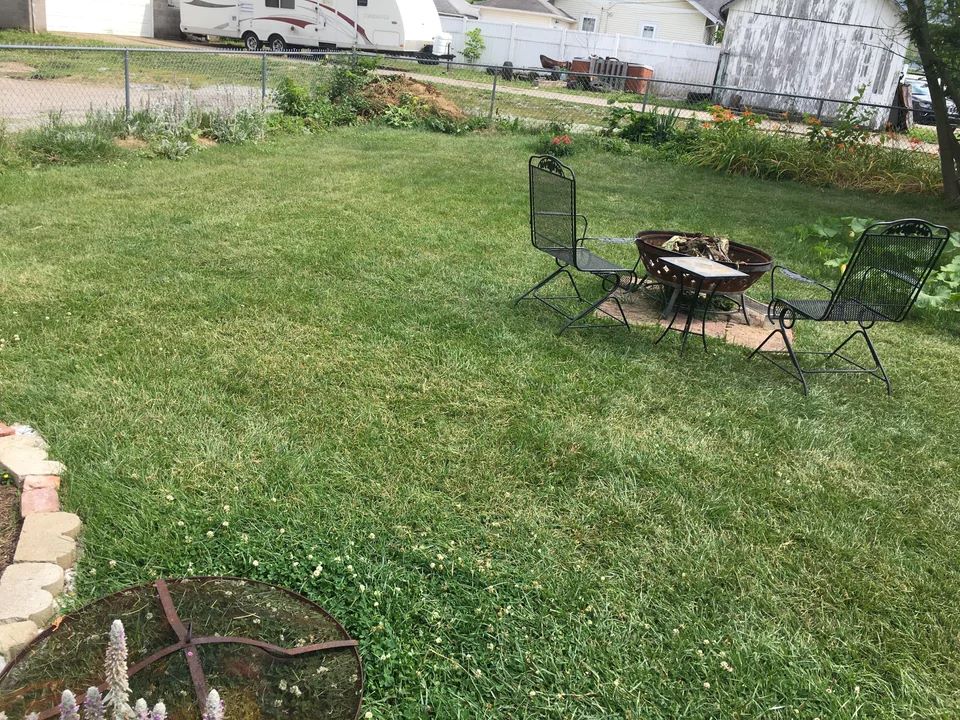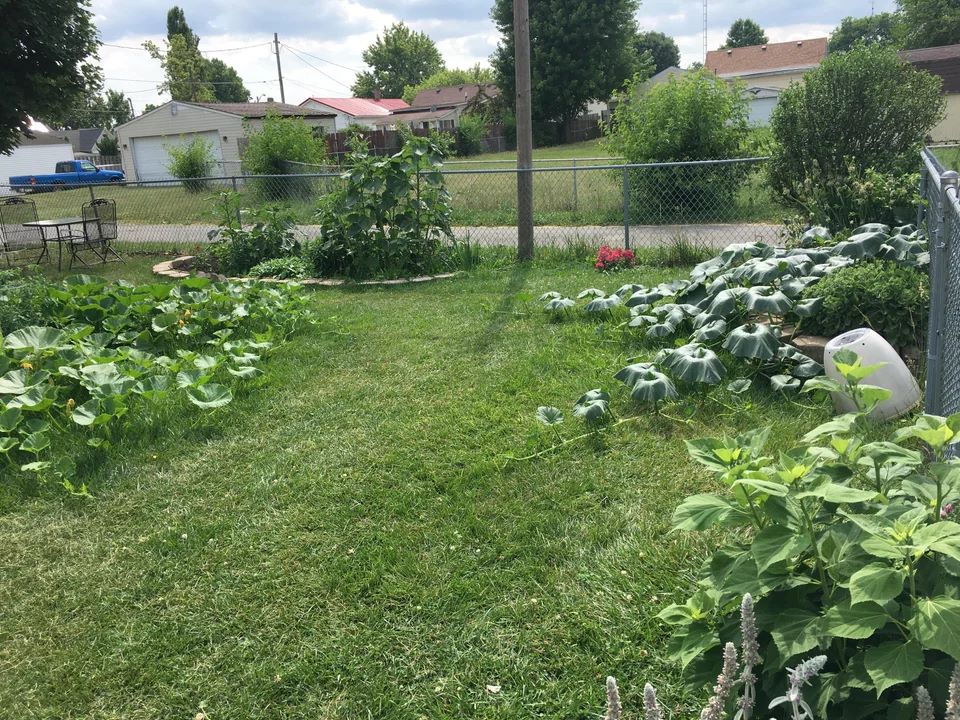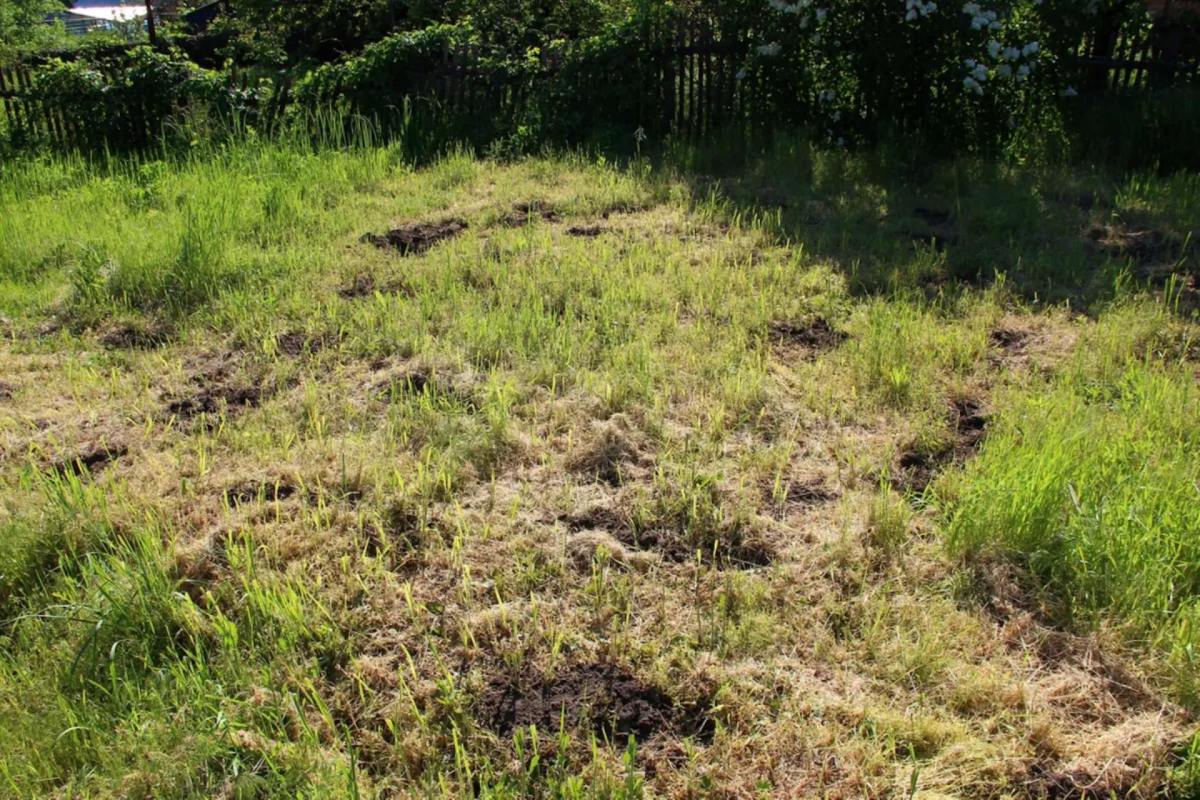A Redditor has shared some striking before-and-after photos of their newly overhauled yard, adding to the army of gardeners doing away with their monoculture lawns.
Posting to the r/f***lawns subreddit, the Redditor revealed how they were filling in a long stretch of barren grass with a biodiverse collection of plant beds.
The gardener siphoned off patches for pumpkins, tomatoes, sunflowers, and miscellaneous undergrowth — effectively creating a vegetable garden throughout their entire yard.
They plan to continue plugging the gaps in their lawn with more plant beds, leaving enough turf to act as pathways between each zone.
"It's been a fun process gradually introducing different outcropping zones. Hopefully I can just gradually expand them and make new ones each season," they wrote in a caption.


Once considered a mainstay for the prototypical suburban home, expansive manicured lawns are now notorious for the amount of water they consume — with noticeable effects on household budgets and the environment.
Americans expel around a third of their households' water use on the outside alone, with more than half of that going toward lawns and gardens, according to the U.S. Environmental Protection Agency.
Although water costs have historically been relatively low in the U.S., compared with other countries, they are increasing (as WaterWorld Magazine details) as water companies look to repair aging infrastructure, adapt to rising global temperatures, and match rising inflation.
San Jose, California, residents, for instance, saw one of the highest price hikes between 2022 and 2023, when their water bills increased by 12%, according to WaterWorld.
Those who replace their lawns with more drought-friendly alternatives can save an estimated 44 gallons per square foot of grass, according to a UCLA study — something that the state of California has capitalized on to cope with the increased frequency of droughts.
Households in California, as well as in Colorado and Utah, have in recent years received rebates for replacing their lawns with more water-wise solutions, like xeriscaping or planting drought-tolerant native plants.
Sowing a variety of plants, as the Redditor has, is also a great boon for biodiversity, helping to provide a habitat for endangered pollinators.
Whereas a vast lawn provides little to no food for pollinating insects, both pumpkins and sunflowers are enjoyed by America's honeybees and bumblebees. And sunflowers are especially important in autumn, when there is less pollen and nectar to go around.
With the decline of pollinators already causing 500,000 premature deaths a year because of reduced food supplies across the globe, per a study reported by the Guardian, providing habitats for them to thrive is imperative.
The aesthetic appeal of a biodiverse garden doesn't hurt either. The richer variety of scents and colors is certainly easy on the eyes, as well as the environment.
"Love this," one Redditor wrote.
"It almost looks like you [might] have the beginnings of a mini food forest," observed another.
Join our free newsletter for easy tips to save more, waste less, and help yourself while helping the planet.









